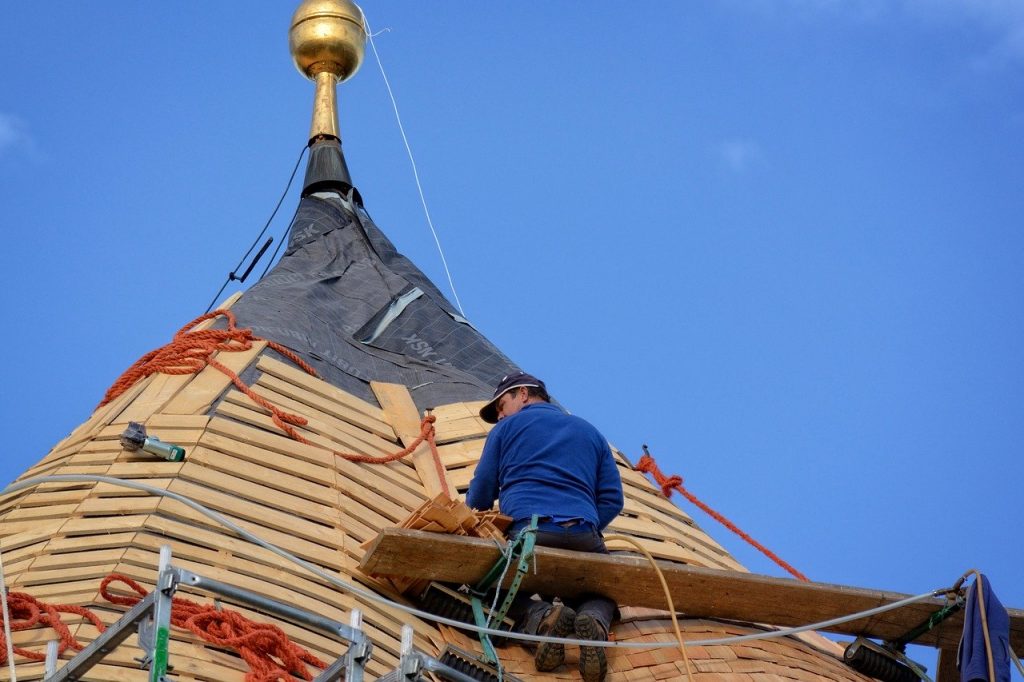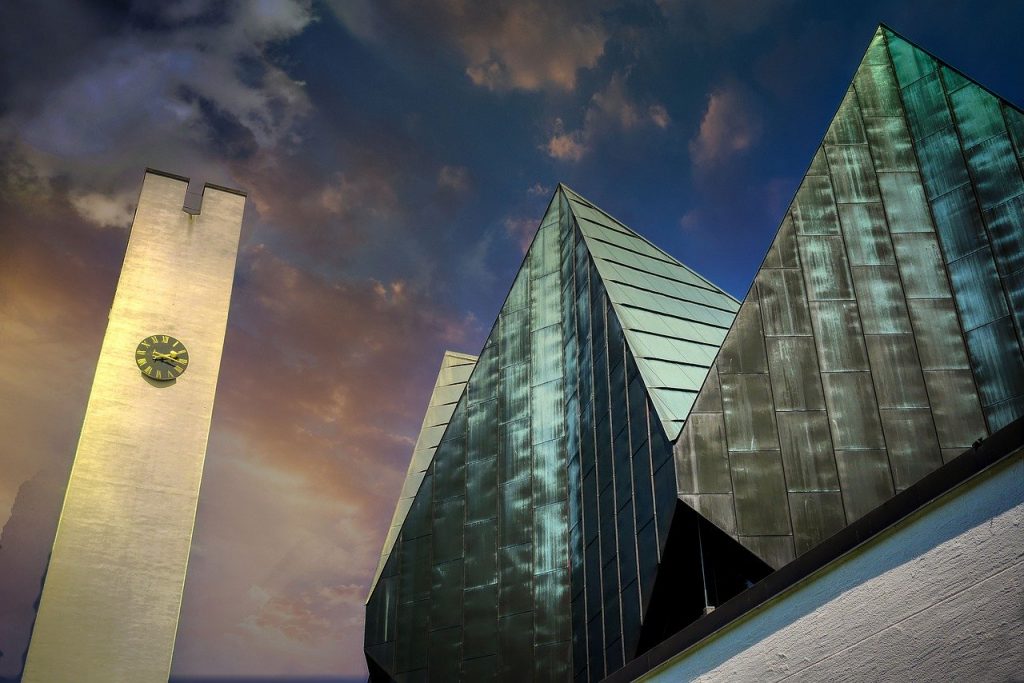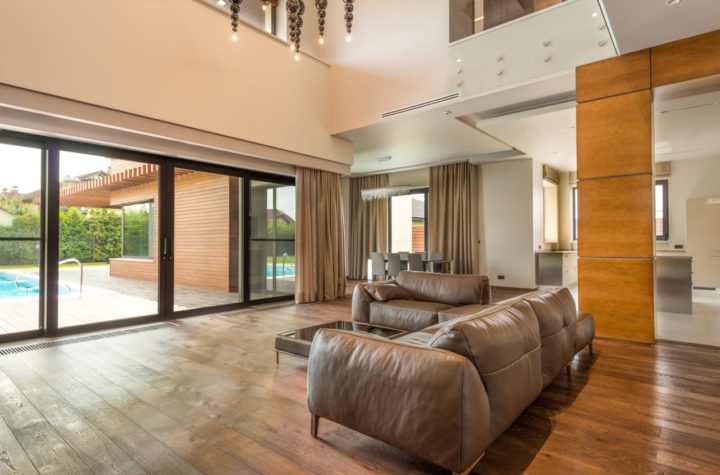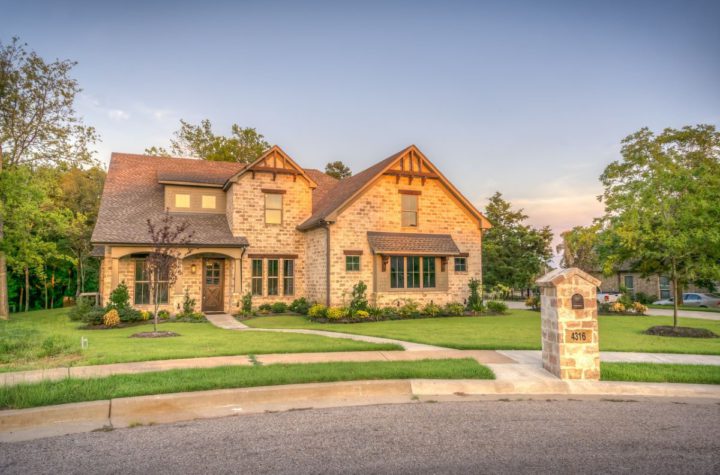
Cladding is the outermost layer of substance covering another material. It may refer to the following:
- Cladding as boiler – It is the layer of insulation and also the outer covering around a boiler shell.
- Cladding in construction – These are substances applied to the exterior of a building which also helps to increase its appearance.
- Copper cladding is applying a copper coating to the exterior of buildings.
- Rainscreen cladding is an exterior wall detail to make a capillary break. It also helps the passage of drainage and evaporation of water.
- Siding, also called wall cladding, is a substance applied to the walls of a building.
- Cladding in fibre optics – This is the property of fibre optics to hold the light in the core of the fibre by the phenomenal process of total internal reflection.
- Cladding in metalworking – It is a procedure where two or more different metals combine to result in a third metallic product.
- Cladding as nuclear fuel – The layer between the coolant and nuclear fuel which acts as the external layer of the fuel rods.

When it comes to fire safety in facade cladding, the difference between combustible and noncombustible cladding materials is really important. They are differentiated because of the contrast in the level of combustibility between them.
Noncombustible cladding essentially means that a particular substance that does not burn when exposed to fire. The non-combustibility of a material is determined by the Euroclass system, where classes A1 and A2 are noncombustible and classes B and F combustible. The usage of noncombustible materials helps to detach the risk of contributing to fire. Facade cladding is a very safe option while using a non-combustible material that is installed correctly and combines with other types of noncombustible materials. Calorific content or PCS values can be limited to certain values which makes non-combustibility secure. These limits are not at all set for combustible materials as they have higher calorific values and can, therefore, lead to spread of fire. The meaning of different Euroclass systems is important. A Euroclass B board which is close to the A2 border is shielded much higher than a Euroclass B board which is much more away than that border. Lower classifications such as Euroclass C to F are much lesser when it comes to fire safety. The classification F means that the material does not have the ability to reach a higher class. For building high-rise and high-rise buildings, the use of non-combustible materials is much more advised.
A1 and A2 are the two classifications of noncombustible materials. A1 materials are fully non-combustible, whereas A2 materials have very little contribution to fire as they are partially noncombustible. Materials generally have to pass British standards relating to fire protection to be used in building purposes. A1 and A2 are only such materials that can be used in building exterior walls due to their non-combustible nature. For a product to reach Class A rating it must pass through the most difficult tests. This shows the predominant nature of Class A materials. Some good examples of A1 and A2 noncombustible substances are Stone wool, Glass wool, Concrete and Bricks.
Conclusively it is strongly recommended to use noncombustible materials for tall buildings like apartments, skyscrapers, tenements as a safety norm. This will help to stop the fire from spreading and keep the residents safe from any untoward incidents in times of contingencies.




More Stories
Measures to Protect Your Property
Tips for Designing Your Dream Office
Tips For Designing A Bathroom